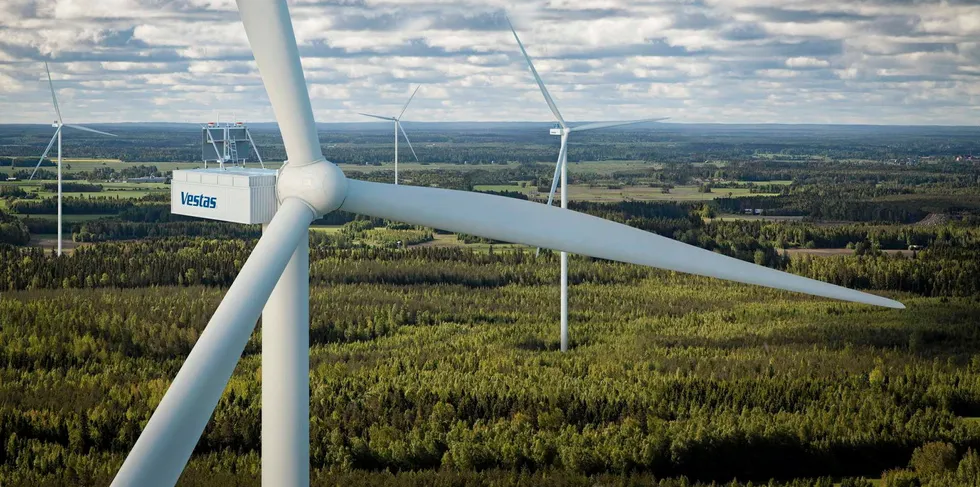Big blades give edge to Vestas as Dane unveils world's largest onshore wind turbine
OEM's new top-of-the-line model, the modularised V172-7.2MW, promises to deliver a 12% annual energy production boost in low-wind conditions compared to 6.2MW design

OEM's new top-of-the-line model, the modularised V172-7.2MW, promises to deliver a 12% annual energy production boost in low-wind conditions compared to 6.2MW design
